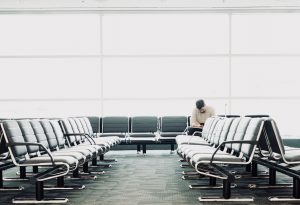
I was very excited. My husband was coming to join me for my last few days in Olepolos. Richard, one of the school governors, was taking me to the airport to collect him. It had been the first, full day training workshop that I had delivered, so I was tired. However, it was also Easter Monday – a public holiday – the expectation was that the roads would be quiet. We left at 6.30pm.
It is an interesting road to Nairobi.
First, there is the track from the school to Kisames (a challenge), then there is the road to Kiserian (bumpy and with steep verges), then the road through Rongai (narrow in parts, lined with market stalls and congested) and finally the motorway to the airport. It usually takes around an hour as we are only 30 miles from the city despite our rural location in the Ngong Hills.
About a mile from Kisames, in the opposite direction to Kiserian, there is a large quarry which is owned by the Chinese. The trucks carrying rocks and salt transport materials 24 hours a day, 7 days a week. They are large and usually travel in convoy, leaving a trail of dust in their wake. They know their size and that nothing else can compete so they always drive up the centre of the road, forcing all other traffic to get out of their way. It was dark as we met our first convoy so I discovered another interesting habit – they do not dim their headlights as they pass other traffic. It is unbelievably dangerous – especially as so many people travel by foot.
Richard drives fast but knows the road very well so I resist the urge to clutch the handle at the side of the door. He advises that he may have to go slower on the way back because that’s when all the drunks are on the road and it’s best not to get too close to their erratic driving. Good to know.
The road is fine until we hit Rongai (a suburb of Nairobi) it is usually busy but tonight it is gridlocked. Matatus force their way on to the main road from side streets, Picky Pickys have abandoned the road entirely and are using the pavements (very loose term for where people walk) and everyone fights for every inch of road space. The congestion worsens and drivers become even more impatient. Windows are wound down and the shouting in Kiswahii is definitely not the exchange of polite greetings. At one point, there are 2 matatus and three cars all pointing at each other as 2 of the vehicles try to turn. At one point, there is evidence that both the army and the police are trying to sort the situation out. But mostly they just stand at the side of the road, talking to each other. It takes an hour to travel a kilometre.
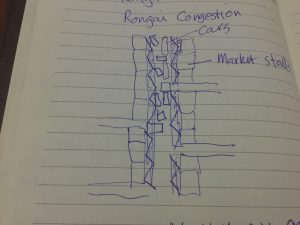
However, it is clear that it is even worse travelling in the opposite direction. As we pick up speed on the way out of Rongai, there is a 10 mile tail back of nose to tail traffic, heading from the city. I observe a new driving strategy. Cars just pull out and drive on the verge on our side of the road so we literally have traffic driving on either side of us in the opposite direction – a bit like being the filling in a traffic sandwich! It is absolute chaos. Richard shrugs his shoulders. He explains that most people see the highway code as optional in Kenya, unless of course you see a policeman!
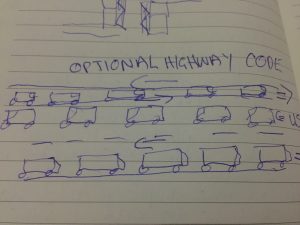
We arrive at the airport after two and a half hours, collect Stuart and head back to school. The roads are now totally clear. It is as if it never happened. However, it is still entertaining to watch my husband’s face as he sees the road from Kisames to school. It is a mirror reflection of my own face on the first night that I arrived!

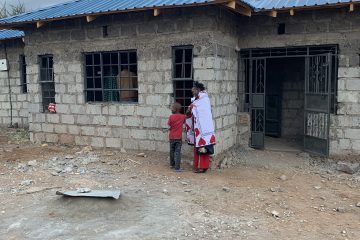
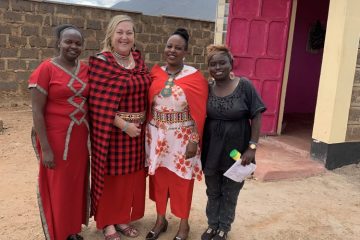
0 Comments